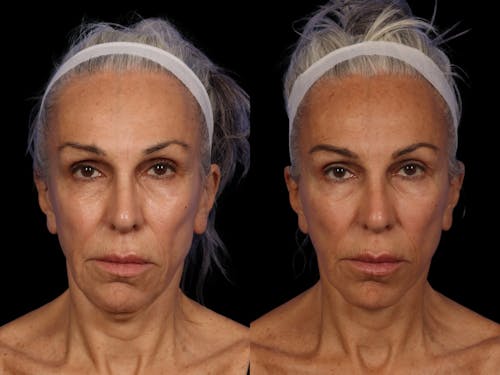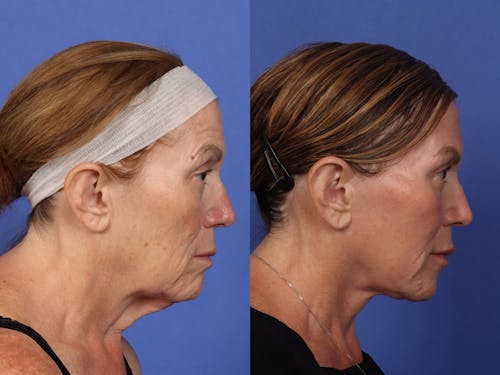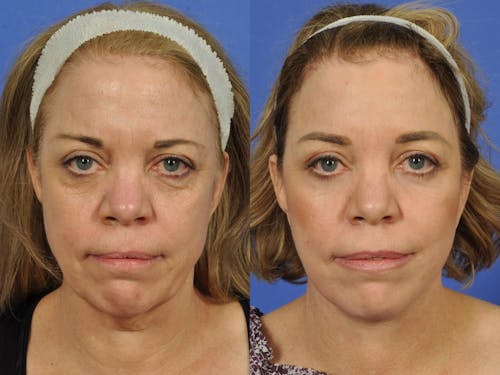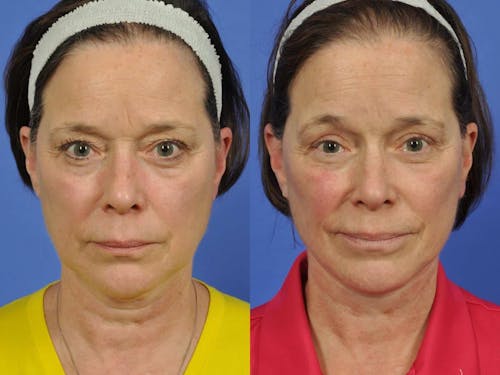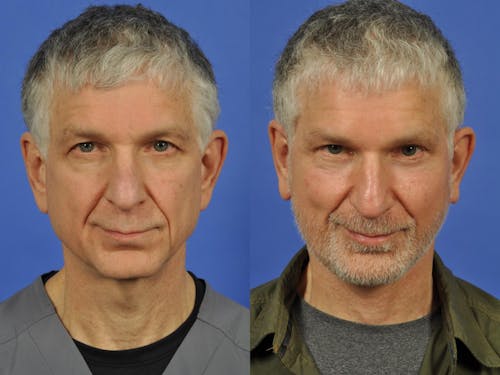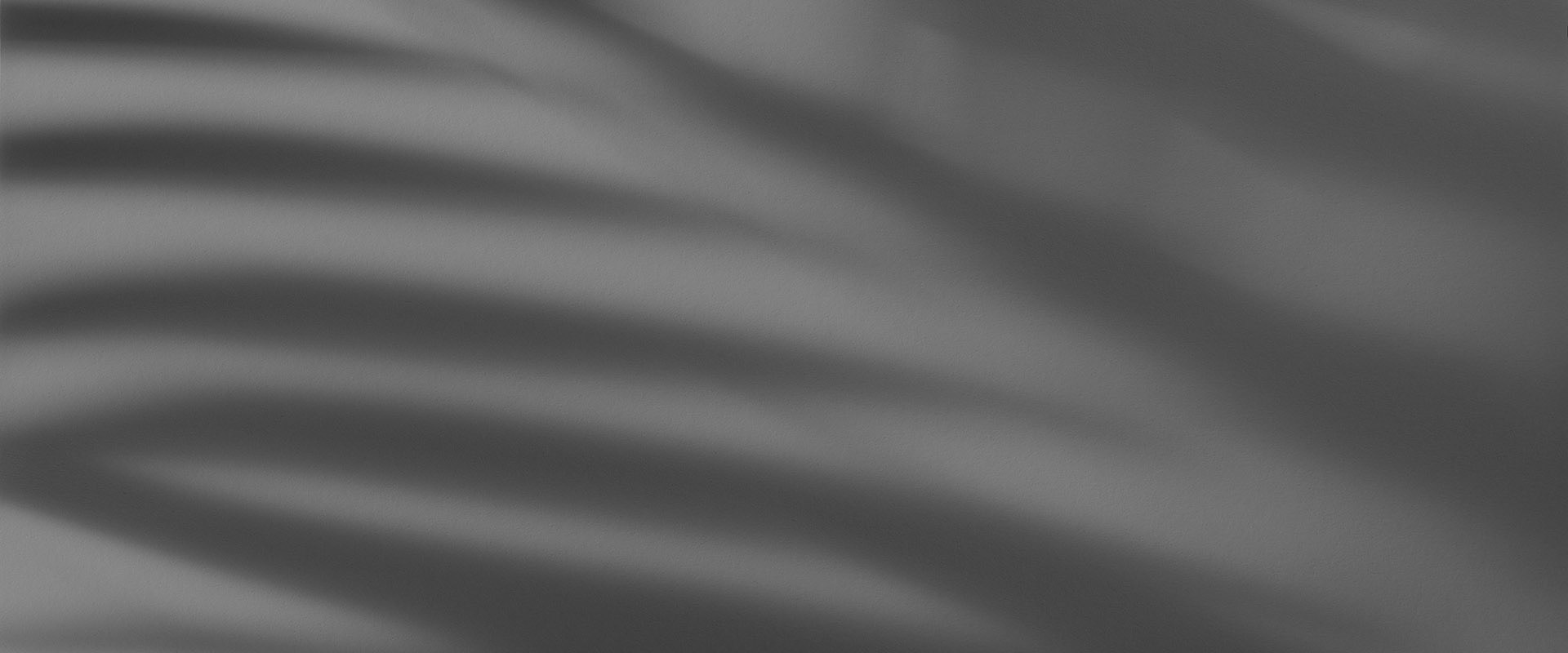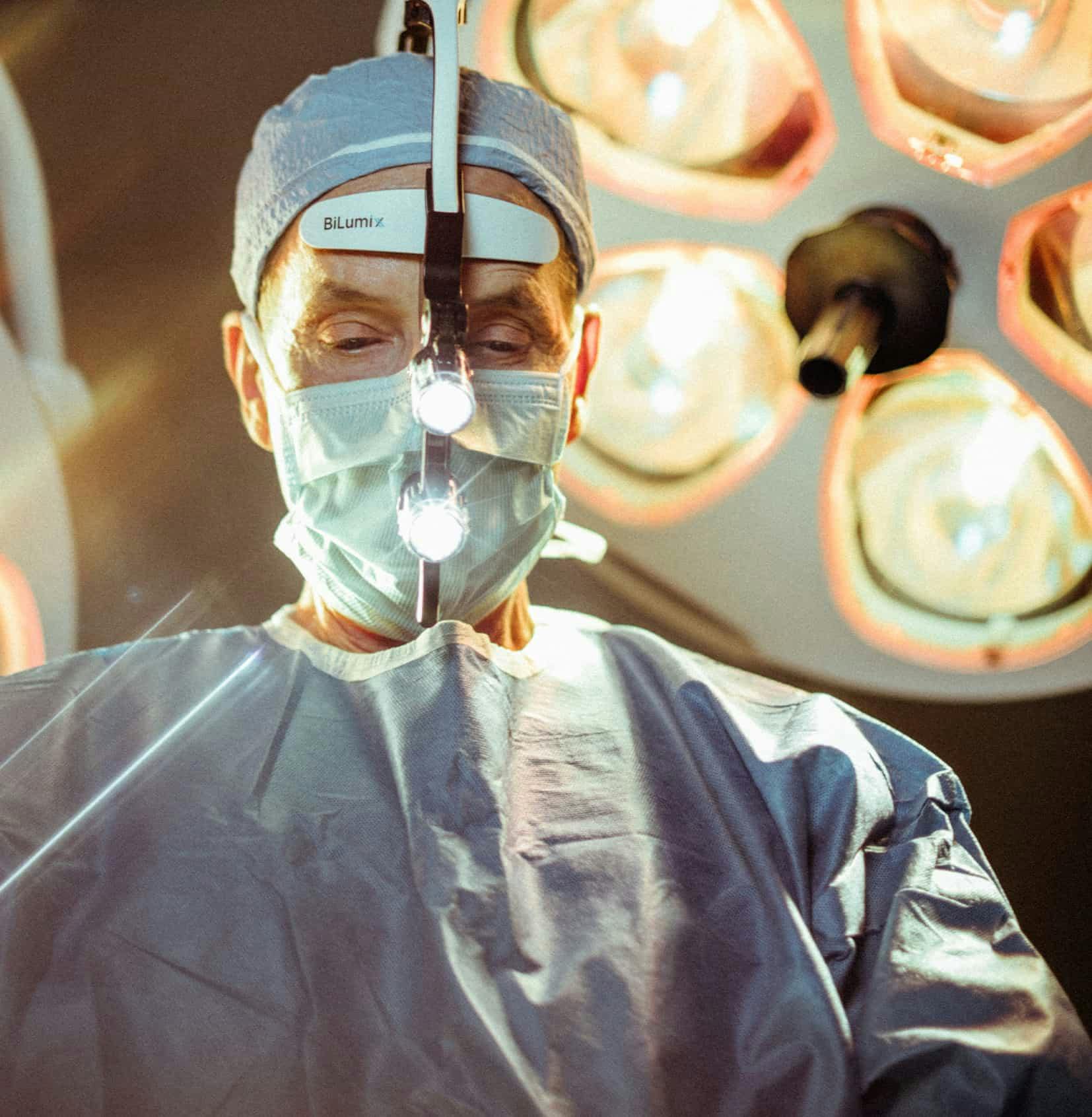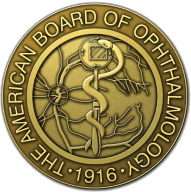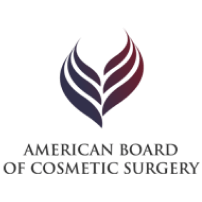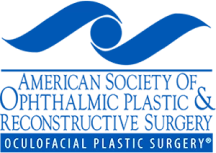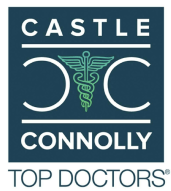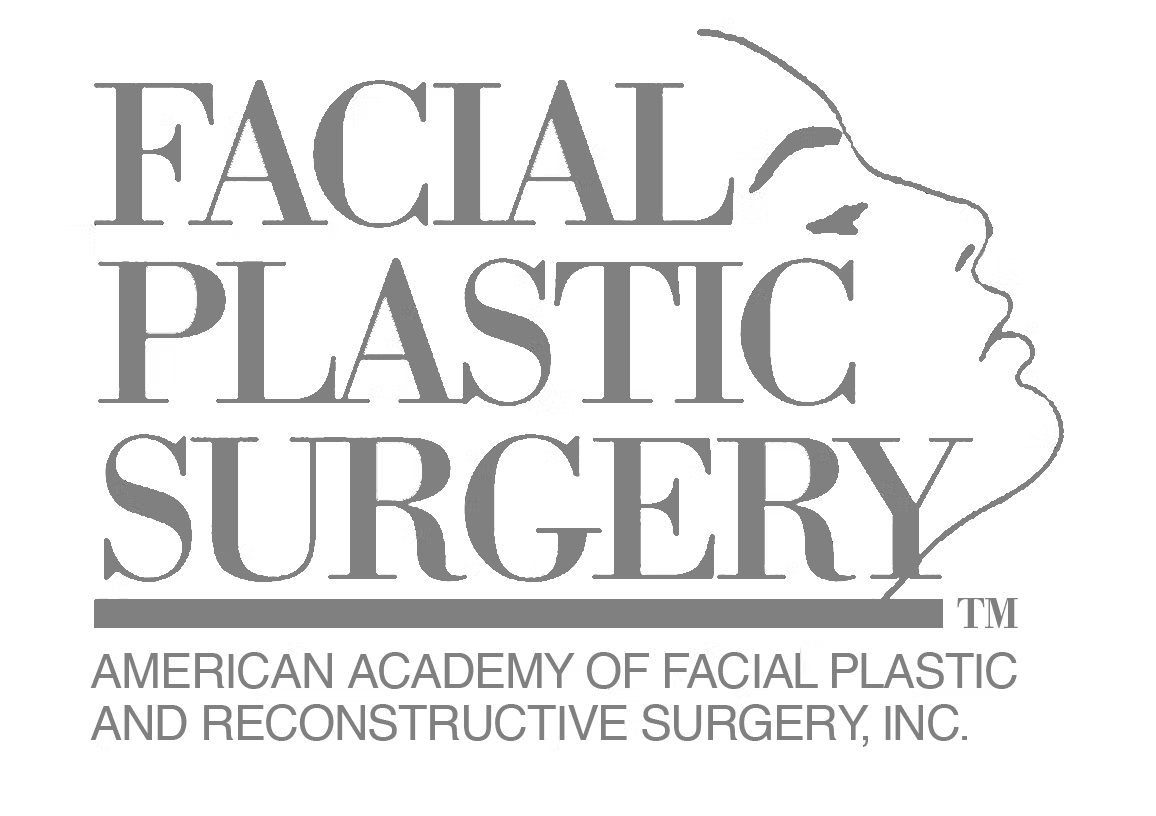A Deep Neck Lift re-sculpts the neck and jawline to create the elegant, defined look of youth. With his years as a leading facial plastic surgeon, Dr. Wulc customizes each procedure to create a fresh, natural-looking outcome.
What Are the Benefits of a Deep Neck Lift in Philadelphia?
A Deep Neck Lift offers dramatic improvements for both men and women, including the following:
- Redefining and sharpening the jawline
- Removing double chin fat
- Smoothing vertical neck bands
- Removing excess neck fat, sagging skin, and creases
- Slimming and reshaping the neck to creative a more youthful line
The result? A sculpted, elegant neck and jawline that leaves you looking younger and more vital—without the telltale signs of surgery.


